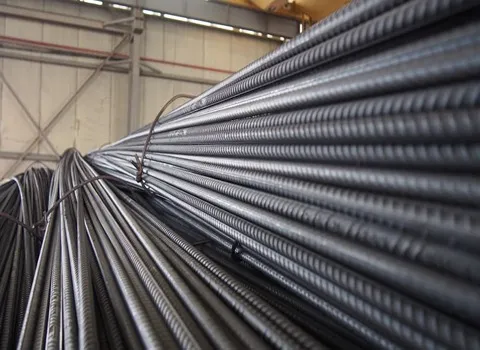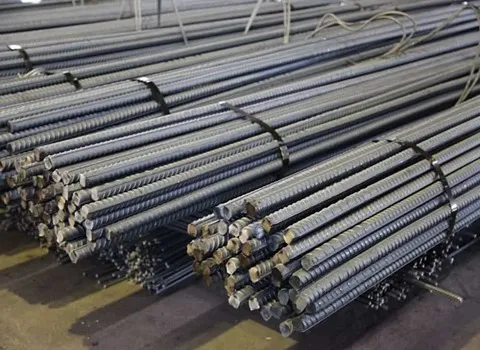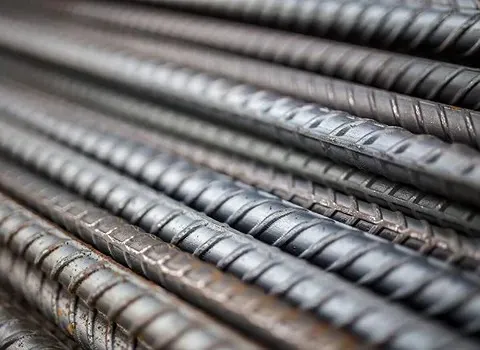One of the key ways that steel rebar is employed in the building industries is in construction, The diameters and types of rebar correspond to their strengths and weldability.

Rebar 8mm bar rod introduction
For building construction, steel bars in 8mm sizes and their specifications are employed.
Reinforcing the structure with steel plays an important part in its design as well as its overall strength and ability to withstand the test of time.
The combination of steel bar and concrete provides stability and strength to the concrete structure, enabling specialized designs such as cantilevered structures, thinner and less supported concrete slabs, and other such designs.
This is possible because of the characteristics of both steel and concrete, which include their tensile and compressive strengths as well as their ability to be molded.
The performance of a structural design, as well as its potential to be sustainable, are largely determined by the appropriate and accurate location of the steel-reinforced bar.
The placement of the dra wings includes a detailed explanation of the reinforcement position, as well as the needed amount of bars, bar length, and bends.
The proper placement of reinforced bar ensures that the appropriate quantity of concrete cover is achieved, which in turn contributes to the prevention of corrosion of the bars and the development of the structural integrity of the concrete.
It is for this reason that, in addition to precise Rebar Detailing services, the exact positioning of steel rebar is vital for the design of the structure, as it eliminates the possibility of any structural failure.

Rebar bar features
Rebar, short for reinforcing bar, is a steel bar used as a tension device in reinforced concrete and reinforced masonry constructions to help and strengthen the concrete under tension.
It is also known as reinforcing steel or reinforcement steel when it is massed.
Concrete has a good compressive strength but a poor tensile strength.
Rebar greatly boosts the structure's tensile strength.
A continuous series of ribs, lugs, or indentations are present on the surface of rebar to improve concrete bonding and lessen the possibility of slippage.
The most used rebar material is carbon steel, which is normally made of hot-rolled round bars with embossed deformation patterns.
A concrete structural part reinforced with steel will experience little differential stress when the temperature changes because steel and concrete have comparable coefficients of thermal expansion.

Rebar bar size diameter
Rebar (reinforcement bar) comes in a variety of diameters, although the most used sizes range from 6 to 40 mm.
This kind of rebar is the most typical and is occasionally referred to as a "black bar. "
Although it is more quickly corroded than other varieties, its considerable versatility makes it unsuited for use in constructions that are constantly exposed to water or excessive humidity.
However, many people believe that for all other kinds of building, carbon steel rebars are the finest choice.
Steel wires are strung in a sequence at right angles and electrically fused at all steel wire intersections to create welded wire fabric (WWF).
In slab-on-ground slabs when the earth has been tightly compacted, it may be used.
For walls and structural floor slabs, welded wire cloth with a heavier fabrication can be employed.
This is frequently used in drainage systems, small concrete canals, and box culverts in road pavement.
In the construction of roofs, stairs, and floor slabs, sheet-metal reinforcement is frequently employed.

Rebar 8mm diameter
Rebar typically comes in diameters of 6mm, 8mm,..., and 40mm, and its use varies according to the industry.
Compression, tension, bending moments, and torsion are the types of internal forces that are exerted by the structural elements that can be found in structures.
The primary responsibility of construction materials is to withstand these internal stresses with a minimal propensity for collapse and without experiencing any undesired deformation in order to maintain their serviceability.
Because it is a more cost-effective answer for the construction industry, concrete is typically chosen as the material of choice for building structures rather than any of the other available options.

0
0